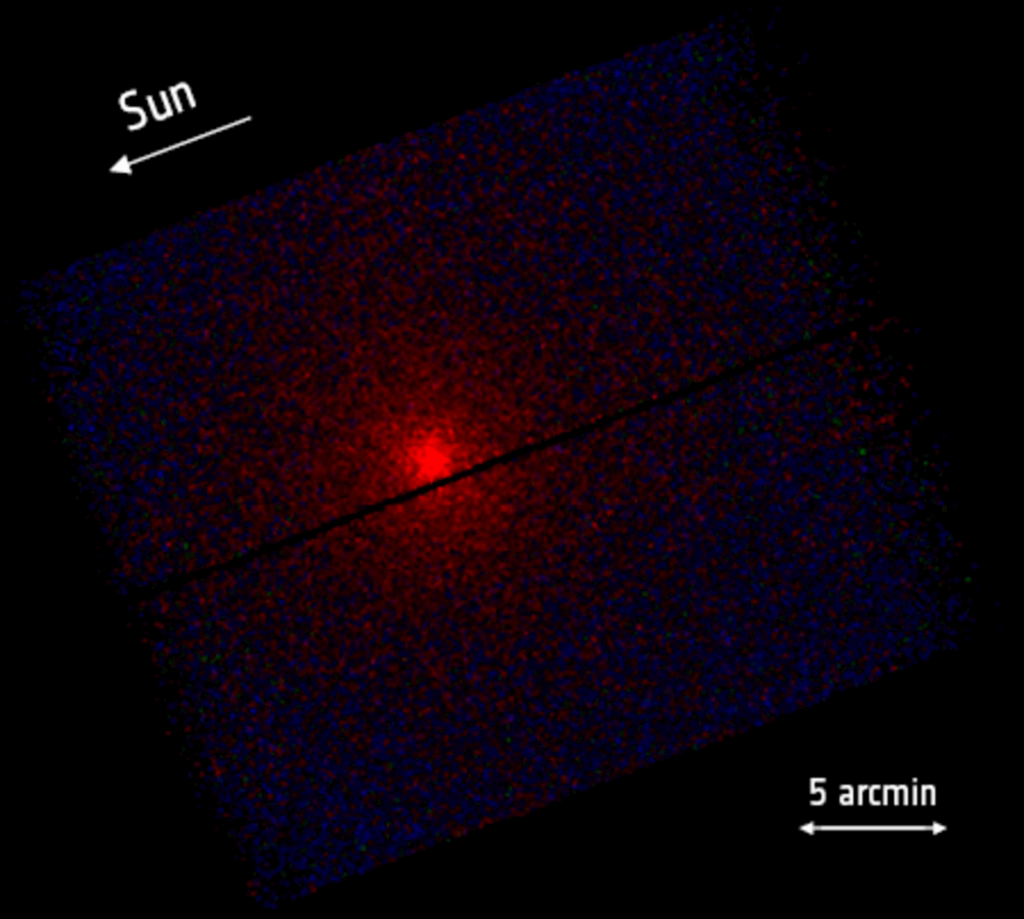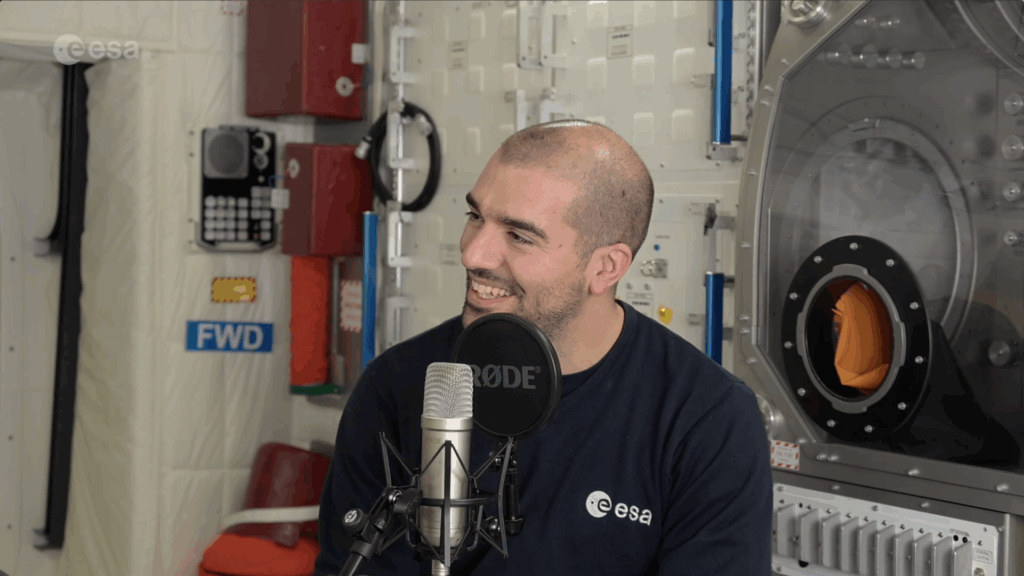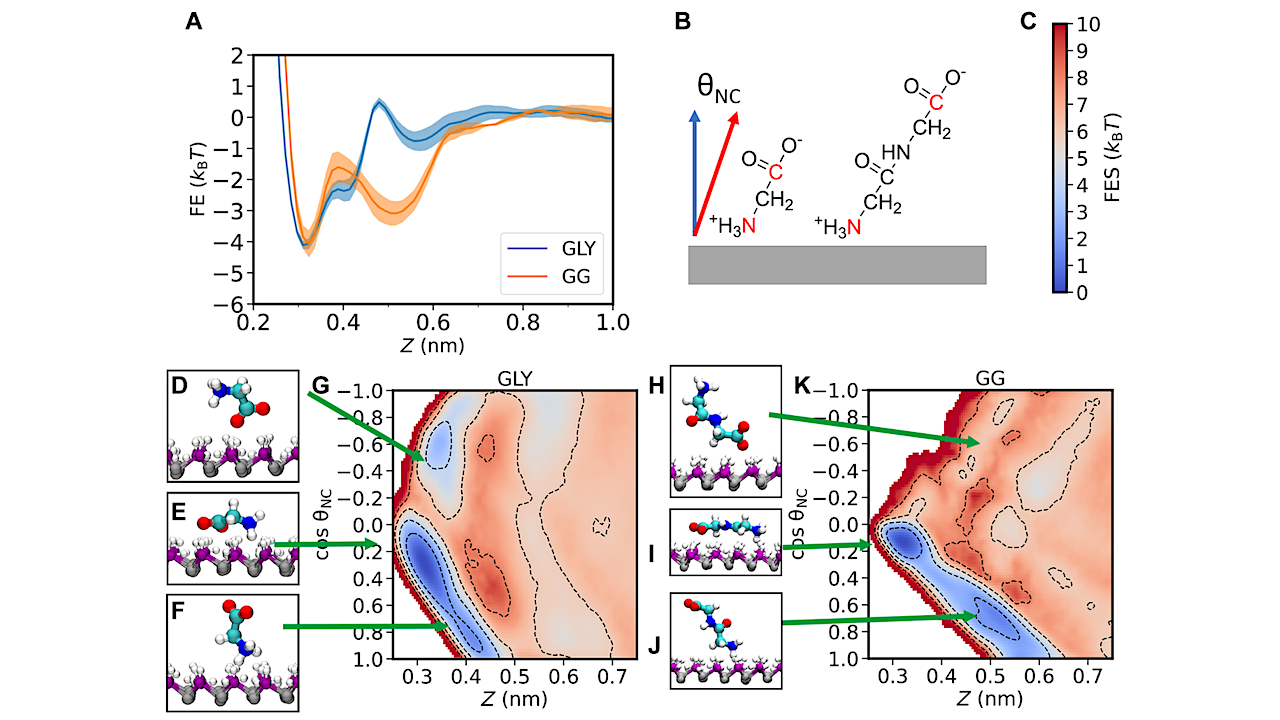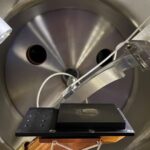Now Reading: ACES in space
-
01
ACES in space
ACES in space
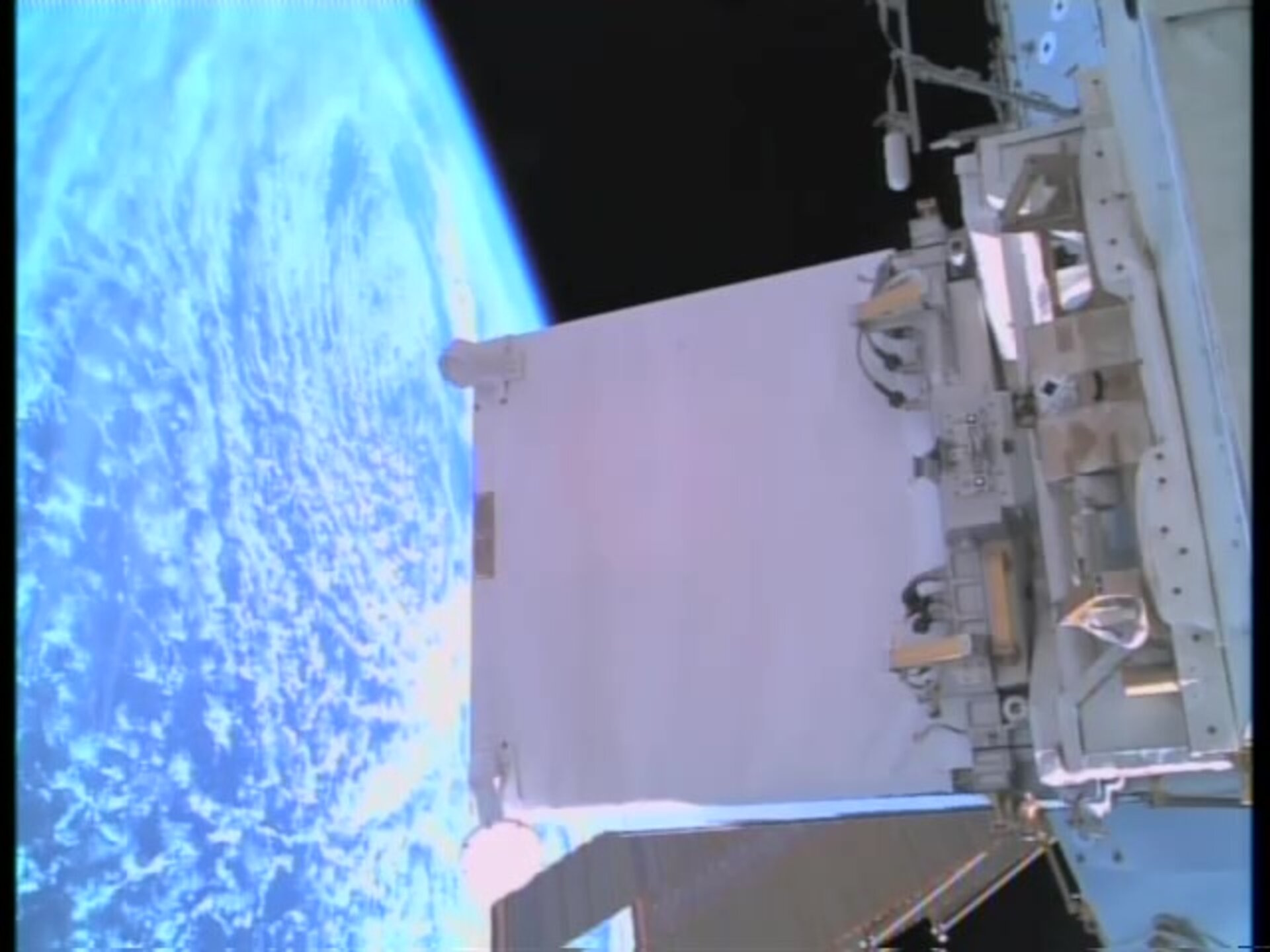
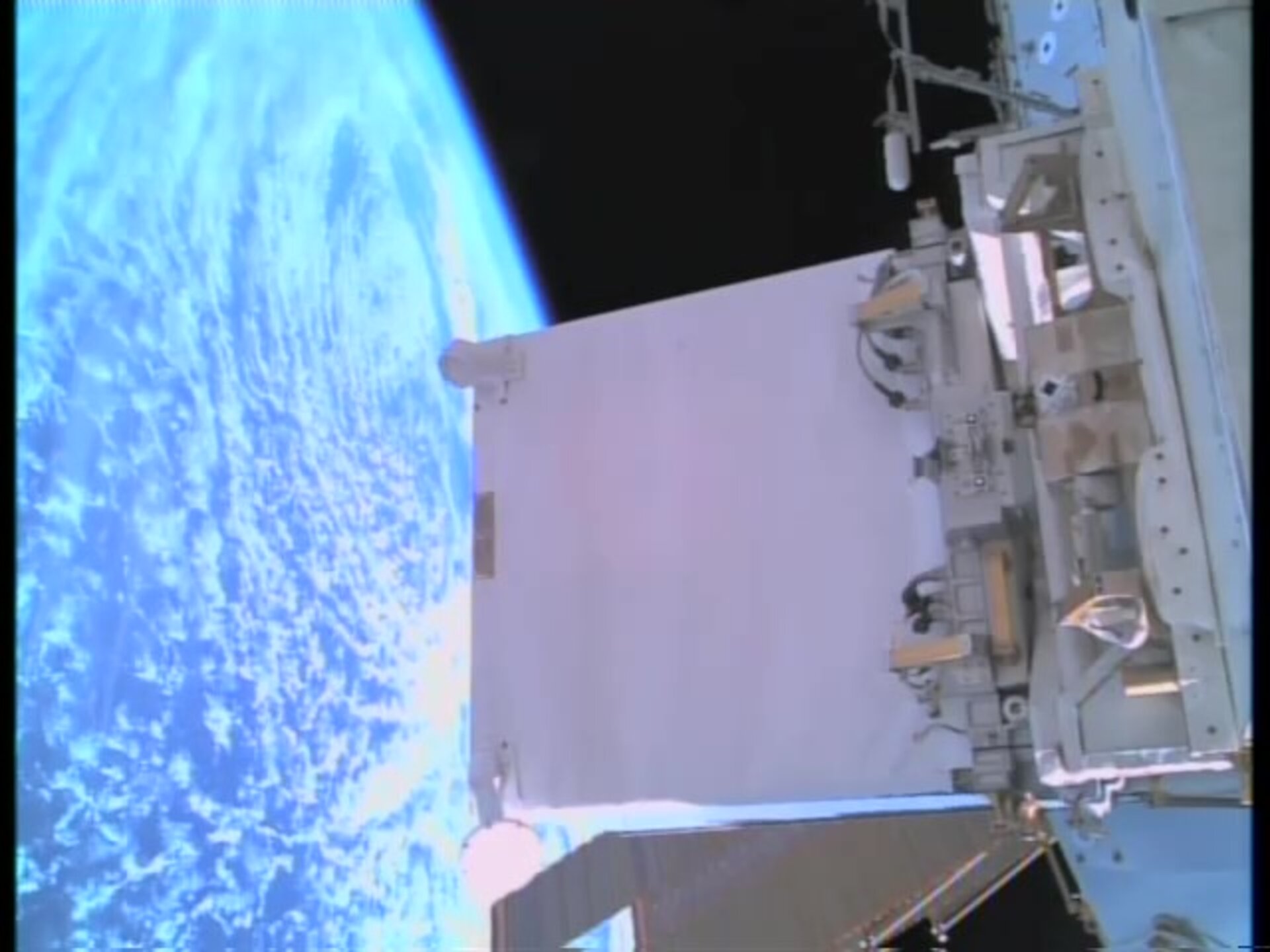
The Atomic Clock Ensemble in Space (ACES), ESA’s state-of-the-art timekeeping facility, is now installed on the Columbus laboratory of the International Space Station. This still image, captured by external cameras on the Station, shows ACES after installation. For 25 years, cameras on the Station have documented activities in orbit, providing real-time views of operations like this one – a rare and remarkable perspective from space.
On 25 April, the Canadian Space Agency’s robotic arm carefully extracted ACES from the SpaceX Dragon trunk and secured it onto the Columbus External Payload Facility, next to ESA’s space storm hunter ASIM (Atmospheric-Space Interactions Monitor). Mounted on the Earth-facing side, ACES will connect with ground clocks worldwide as the Station orbits Earth sixteen times a day.
Developed by ESA with European industry led by Airbus, ACES carries the most precise clocks ever sent to space: PHARAO, developed by the French space agency CNES, and the Space Hydrogen Maser from Safran Timing Technologies in Switzerland. Together with a sophisticated microwave and laser link, they will compare time between space and Earth with unprecedented accuracy, testing fundamental physics and advancing future time standards.
In March 2025, ACES arrived at NASA’s Kennedy Space Center, where ESA, Airbus and NASA teams prepared the payload for flight. ACES launched on 21 April aboard a SpaceX Falcon 9 as part of the 32nd commercial resupply services mission to the International Space Station. Today, ACES was successfully switched on for the first time, establishing communications with ground control and stabilising its thermal systems in preparation for clock operations.
A six-month commissioning phase now begins, after which ACES will embark on its two-year science mission, opening new frontiers in fundamental physics and timekeeping.
Stay Informed With the Latest & Most Important News
Previous Post
Next Post
-
 012024 in Review: Highlights from NASA in Silicon Valley
012024 in Review: Highlights from NASA in Silicon Valley -
 02Panasonic Leica Summilux DG 15mm f/1.7 ASPH review
02Panasonic Leica Summilux DG 15mm f/1.7 ASPH review -
 03From Polymerization-Enabled Folding and Assembly to Chemical Evolution: Key Processes for Emergence of Functional Polymers in the Origin of Life
03From Polymerization-Enabled Folding and Assembly to Chemical Evolution: Key Processes for Emergence of Functional Polymers in the Origin of Life -
 04How New NASA, India Earth Satellite NISAR Will See Earth
04How New NASA, India Earth Satellite NISAR Will See Earth -
 05And Thus Begins A New Year For Life On Earth
05And Thus Begins A New Year For Life On Earth -
 06Astronomy Activation Ambassadors: A New Era
06Astronomy Activation Ambassadors: A New Era -
07SpaceX launch surge helps set new global launch record in 2024












